History
Wakasakuniyoshi castle historical library
Kuniyoshi Castle ruins in Sagaki
Kodoji Temple ruins
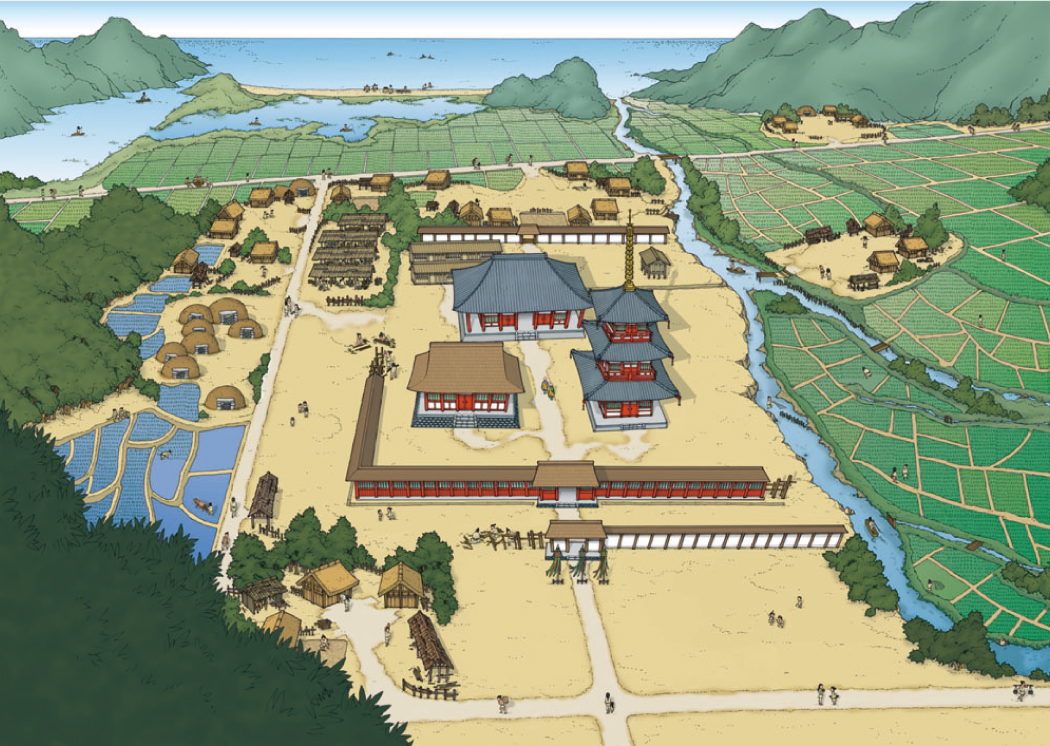
This ancient temple was built around the end of the 7th century, and is also called Kannonbata Temple ruins. Through a series of excavations, the foundations of the main hall, pagoda, chumon gate, and nanmon gate, which were rebuilt after the latter half of the 8th century were found, and many tile fragments, earthenware, coins, and other artifacts were excavated. This was one of the rare research cases in Japan that allowed us to learn valuable information about the construction and reconstruction of temples. Surrounding the temple are the ruins of a settlement dating from the Nara Period to the Heian Period and the ruins of Kodoji Temple, and it is believed that people associated with the temple lived there. It is also a nationally designated Historic Site.
| Mihama Town History and Culture Center | |
|---|---|
| Address: | Kodoji, Mihama, Mikata District, Fukui |
| Tel: | 0770-32-0027 |
Wakasakuniyoshi castle historical library

This library introduces the ruins of Kuniyoshi Castle, a mountain castle from the Sengoku Period, along with the historical town of Sasaki, which was built as a castle town. This library introduces the 450-year history of Kuniyoshi Castle and Sasaki through various historical documents and excavated artifacts, as well as models, photographs, and explanatory panels.
| Address: | 25-2 Sagaki, Mihama, Mikata District, Fukui |
|---|---|
| Tel: | 0770-32-0050 |
Mimi Shrine Annual Festival
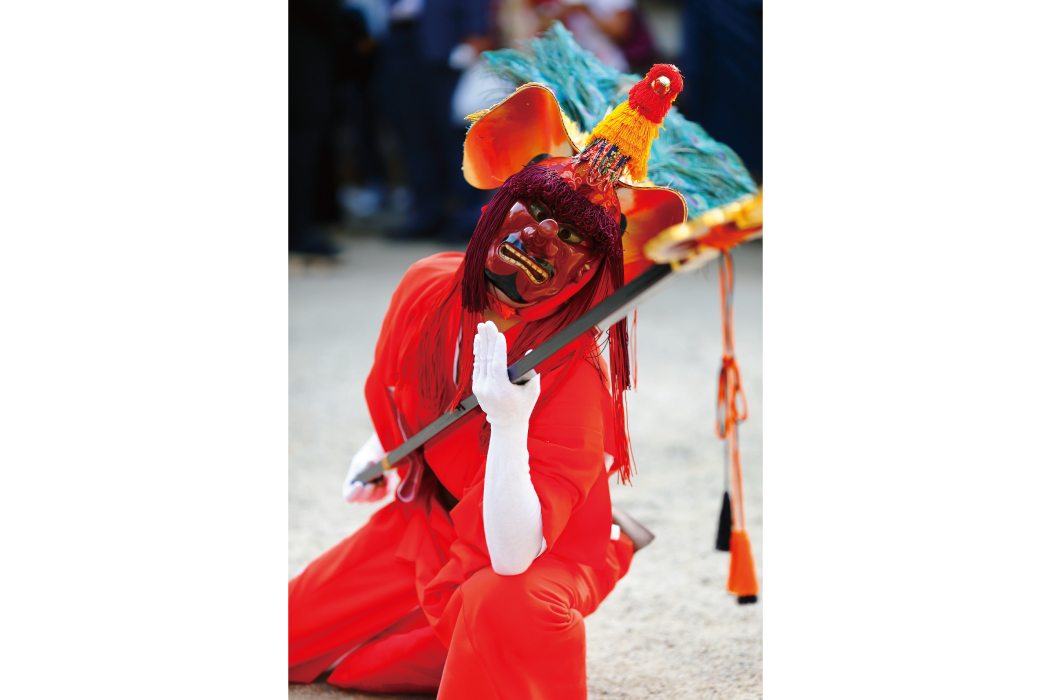
The Mimi Shrine Annual Festival is held on May 1 every year. The O-no-Mai performed at the Festival is dedicated to prayers for a bountiful harvest, and is an elegant and powerful dance performed in a brightly colored costume. It is designated as an Intangible Folk Cultural Property of Fukui Prefecture.
| Address: | 10-25-1 Miyashiro, Mihama, Mikata District, Fukui |
|---|---|
| Tel: | 0770-32-0254 |
Kuniyoshi Castle ruins in Sagaki
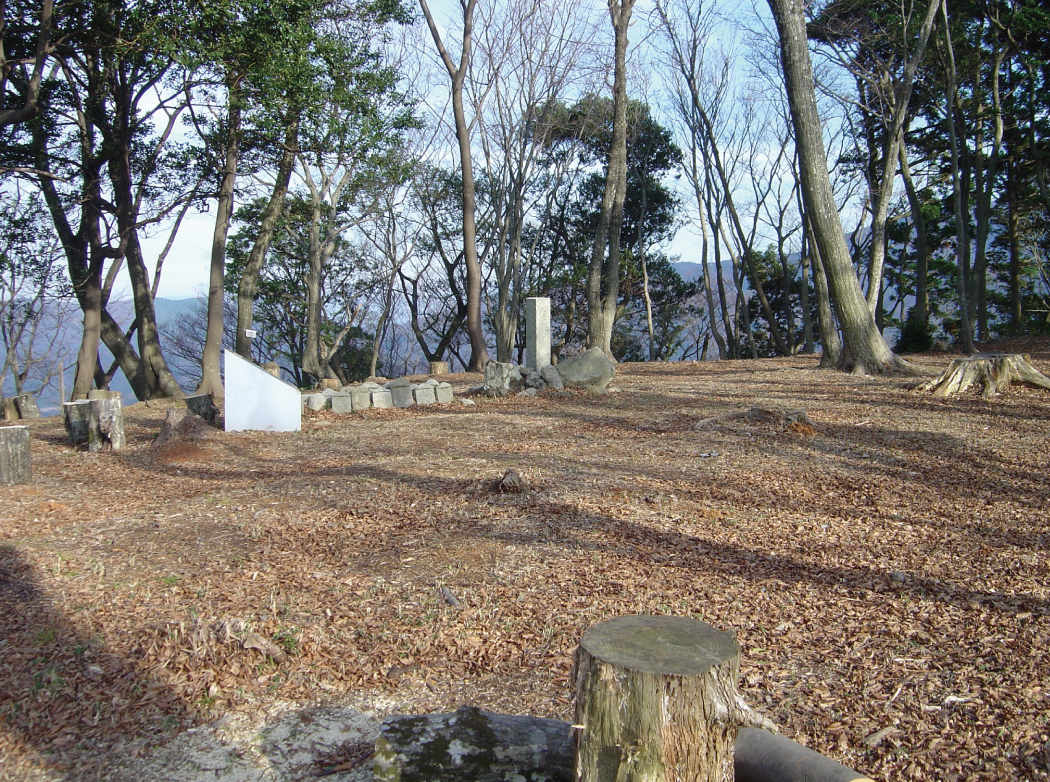
This mountain castle was built in 1556 by Awaya Etchu-no-kami Katsuhisa, and for several years starting in 1563, fierce siege battles were waged against the forces of the Echizen Asakura clan. In April 1570, Oda Nobunaga entered the castle and used it as a base to attack Echizen. Recent excavations have revealed that the castle was remodeled into a modern castle with stone walls. It is designated as a Historical Site by the town.
| Address: | Sagaki, Mihama, Mikata District, Fukui |
|---|---|
| Tel: | 0770-32-0050 |
Mihama Town History and Culture Center
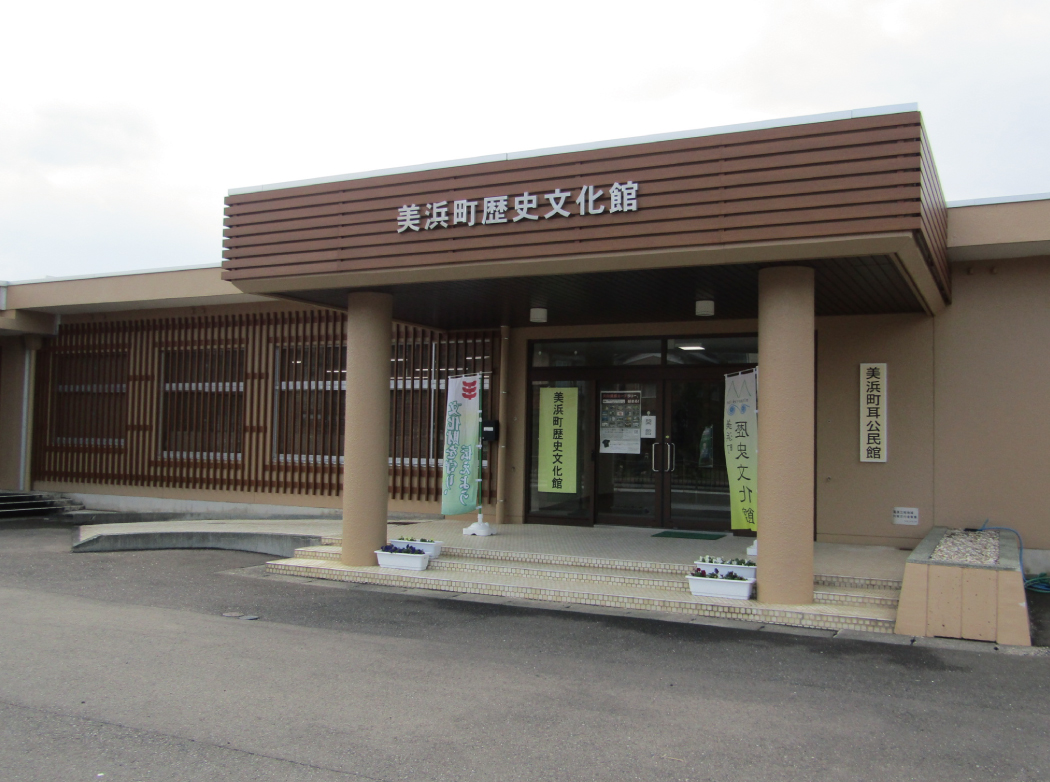
The center collects and preserves many cultural properties in addition to historical and cultural materials produced by our ancestors dating back to the Jomon Period. The exhibition room displays a wealth of archaeological and folk materials (everyday tools) excavated from ancient ruins associated with Mihama Town. In addition, there is an office for buried cultural properties, where numerous materials excavated during excavation surveys are organized and studied, a historical reference room, and a training room for lectures on history.
| Address: | 8-8 Kawaraichi, Mihama, Mikata District, Fukui |
|---|---|
| Tel: | 0770-32-0027 |
The former Tango Kaido
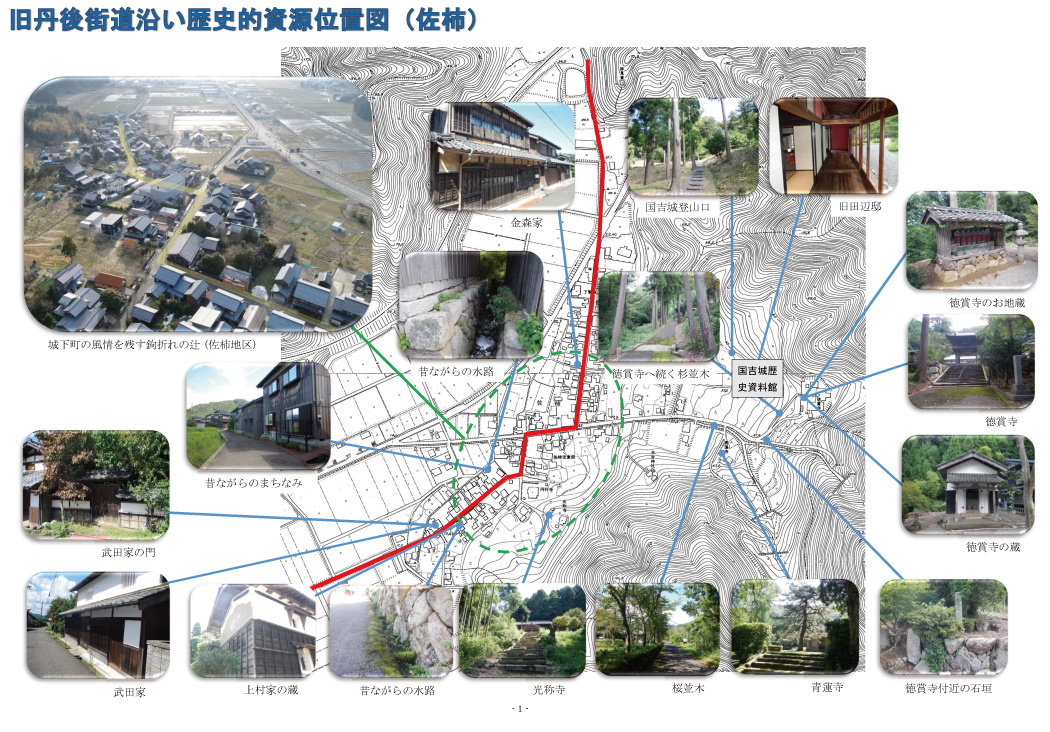
The former Tango Kaido is a road that ran across Wakasa Province, from Tsuruga in Echizen Province to Miyazu (Miyazu City, Kyoto Prefecture) in Tango Province. Along the road, old traditional townhouses line the streets, creating an elegant townscape.
| Wakasakuniyoshi castle historical library | |
|---|---|
| Address: | Mihama, Mikata District, Fukui 919-1142 |
| Tel: | 0770-32-0050 |
Townscape of Sagaki

Sagaki was originally a castle town of Kuniyoshi Castle during the Sengoku Period, and the former Tango Kaido that runs north to south through the district was also built at that time. The vestiges of the road that wound through the district can still be seen today, and along with the traditional houses with an appearance unique to the area, the district still retains its historical townscape.
| Wakasakuniyoshi castle historical library | |
|---|---|
| Address: | Sagaki, Mihama, Mikata District, Fukui |
| Tel: | 0770-32-0050 |
Orita Shrine Annual Festival
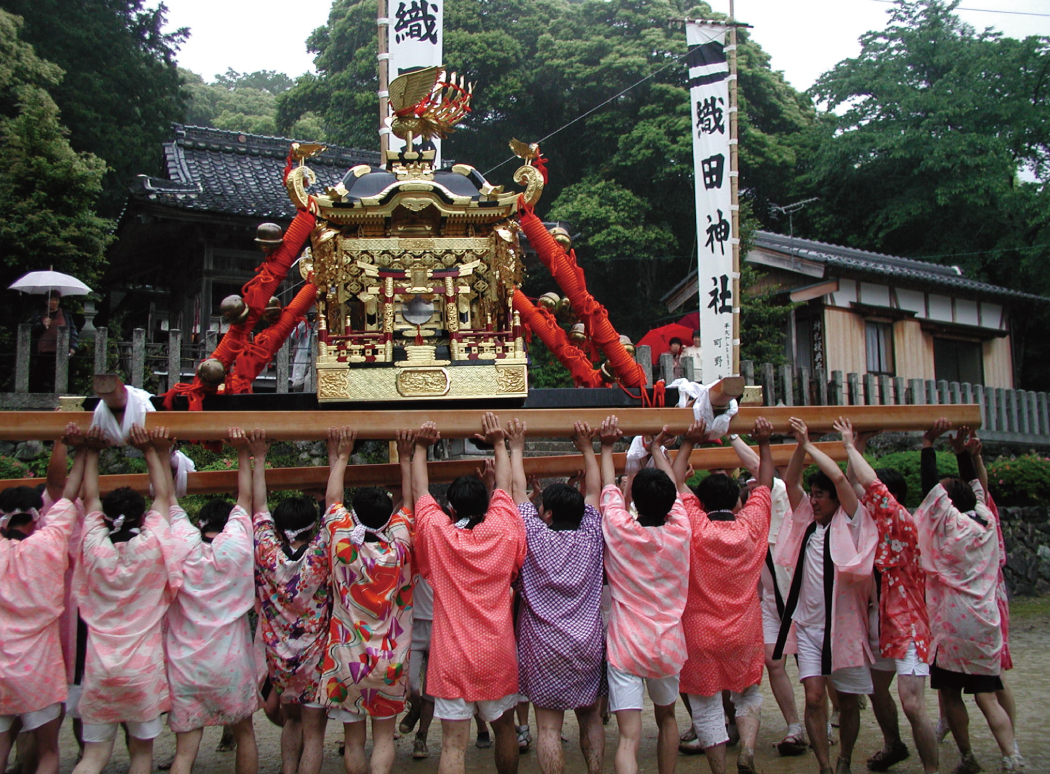
The Orita Shrine Annual Festival is held on May 11 every year, and has been held since the Heian Period. The ceremony is attended by the officials of the shrine parishioners and other officials in charge of the year's Shinto rituals and performances. After the ceremony, the mikoshi is paraded through the Sada district, and the Shishiban and Sossoban are returned to the shrine. When the mikoshi returns to the shrine, the O-no-Mai, Shishimai, and Sosso rituals are performed, and the Urayasu-no-Mai is dedicated in the hall of worship.
| Orita Shrine | |
|---|---|
| Address: | Sata, Mihama, Mikata District, Fukui |
| Tel: | 0770-38-1082 |

